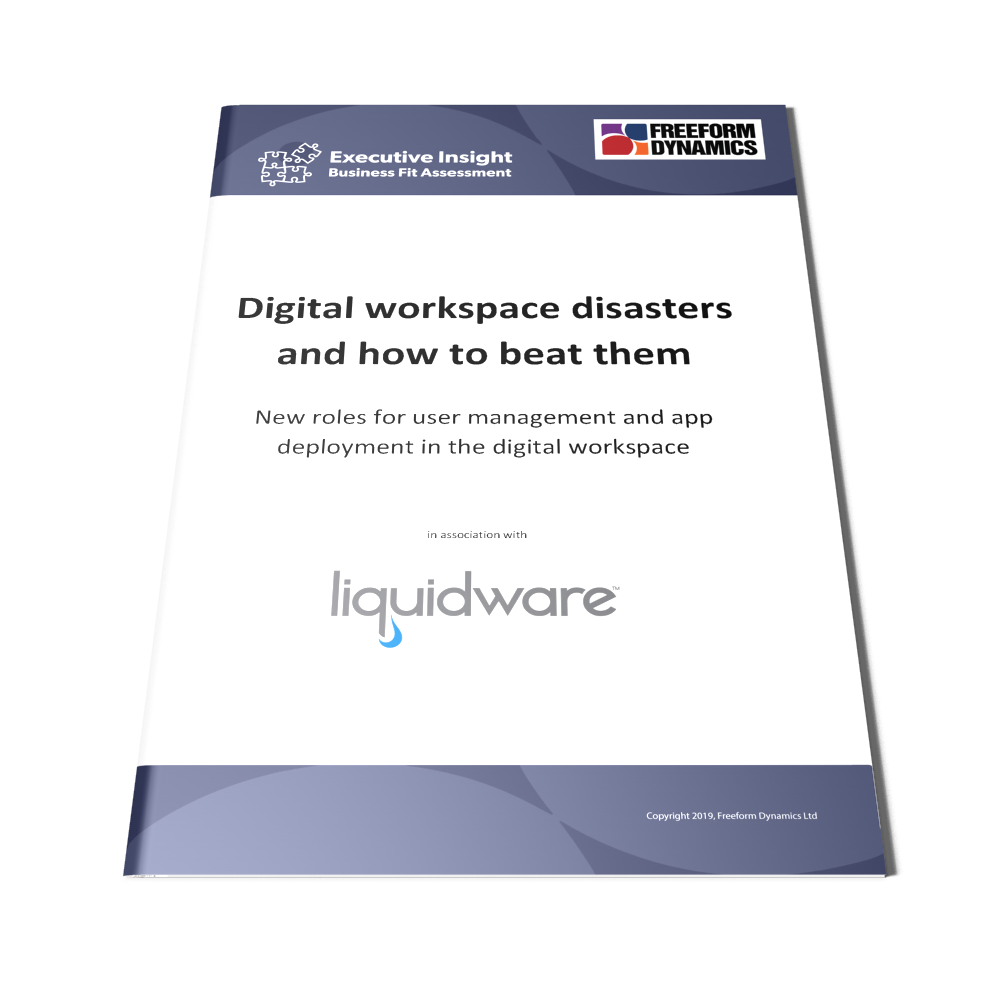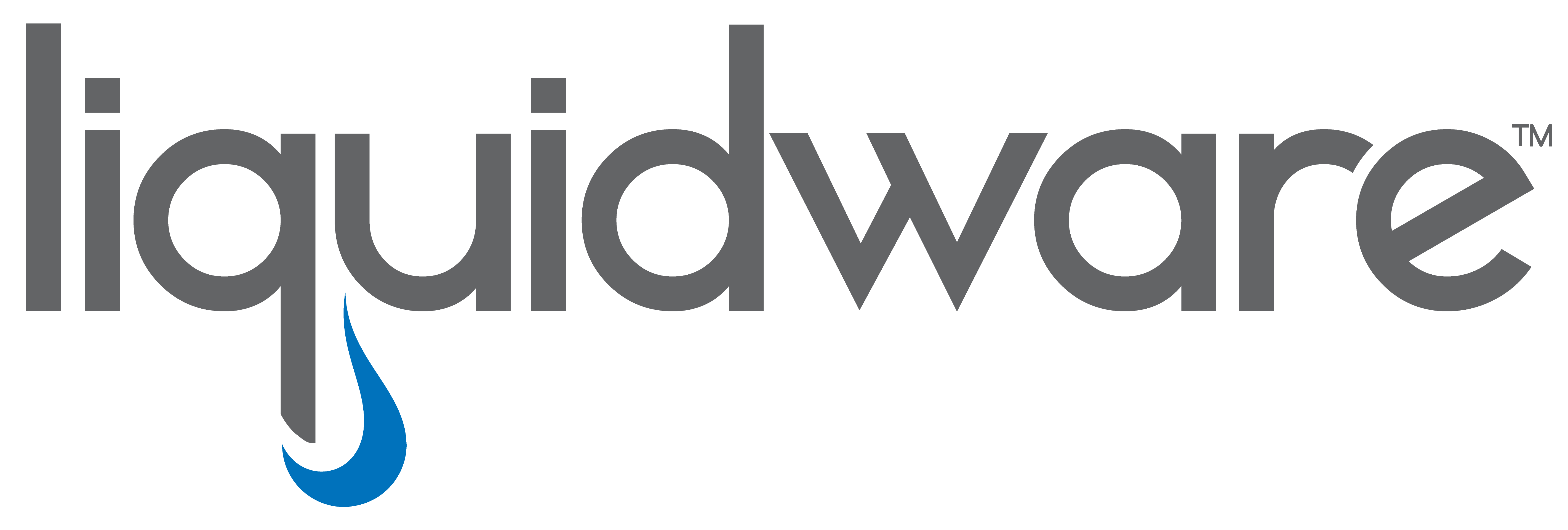FREEFORM DYNAMICS WHITEPAPER
Digital Workspace Disasters and How to Beat Them
© 2023 Liquidware Labs, Inc. All Rights Reserved.
ABOUT THE WHITEPAPER
Desktop DR - the recovery of individual desktop systems from a disaster or system failure - has long been a challenge. Part of the problem is that there are so many desktops, storing so much valuable data and - unlike servers - with so many different end user configurations and too little central control. Imaging everyone would be a huge task, generating huge amounts of backup data. And even if those problems could be overcome with the use of software agents, plus de-deduplication to take common files such as the operating system out of the backup window, restoring damaged systems could still mean days of software reinstallation and reconfiguration. Yet at the same time, most organizations have a strategic need to deploy and provision new desktop systems, and to be able to migrate existing ones to new platforms. Again, these are tasks that benefit from reducing both duplication and the need to reconfigure the resulting installation. The parallels with desktop DR should be clear. We often write about the importance of an integrated approach to investing in backup and recovery. By bringing together business needs that have a shared technical foundation, we can, for example, gain incremental benefits from backup, such as improved data visibility and governance, or we can gain DR capabilities from an investment in systems and data management. So it is with desktop DR and user workspace management. Both of these are growing in importance as organizations’ desktop estates grow more complex. Not only are we adding more ways to work online, such as virtual PCs, more applications, and more layers of middleware, but the resulting systems face more risks and threats and are subject to higher regulatory and legal requirements. Increasingly then, both desktop DR and UWM will be not just valuable, but essential. Getting one as an incremental bonus from the other therefore not only strengthens the business case for that investment proposal, it is a win-win scenario in its own right.
REGISTER

